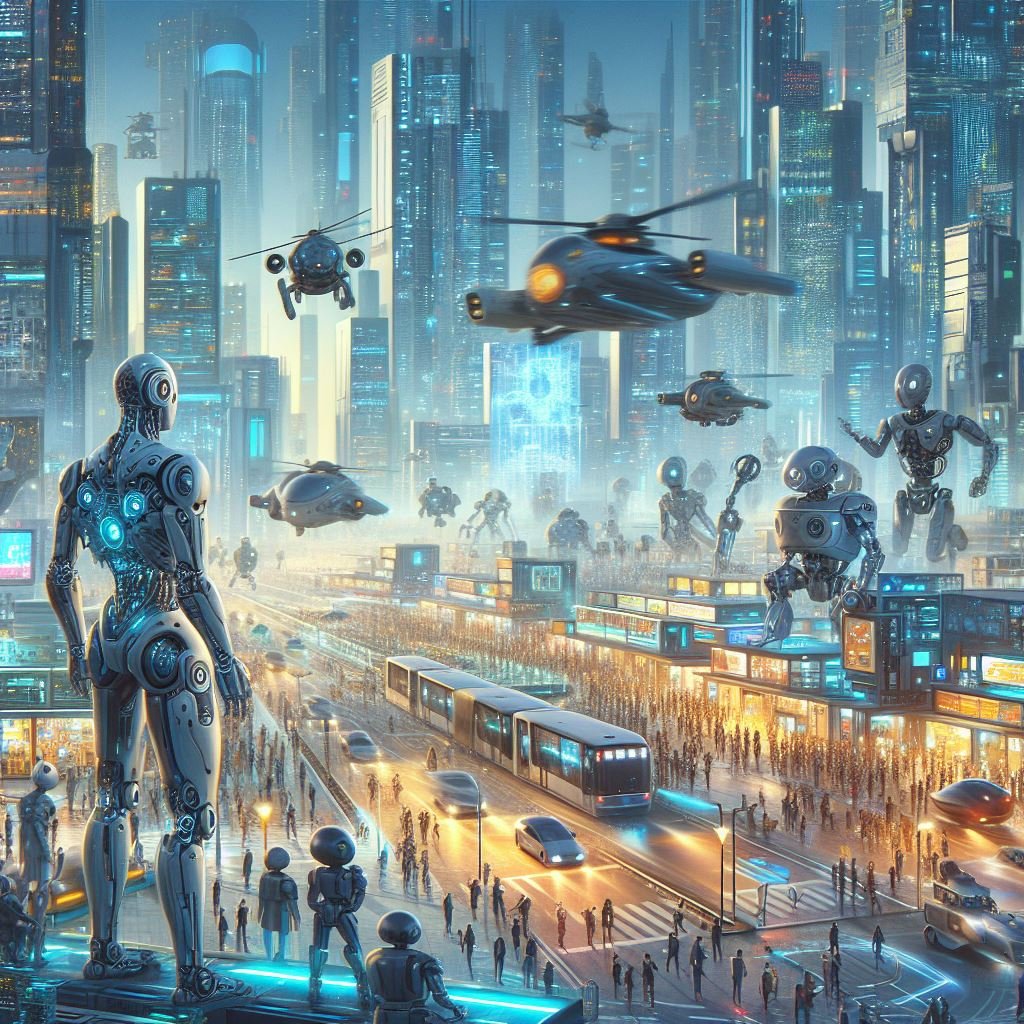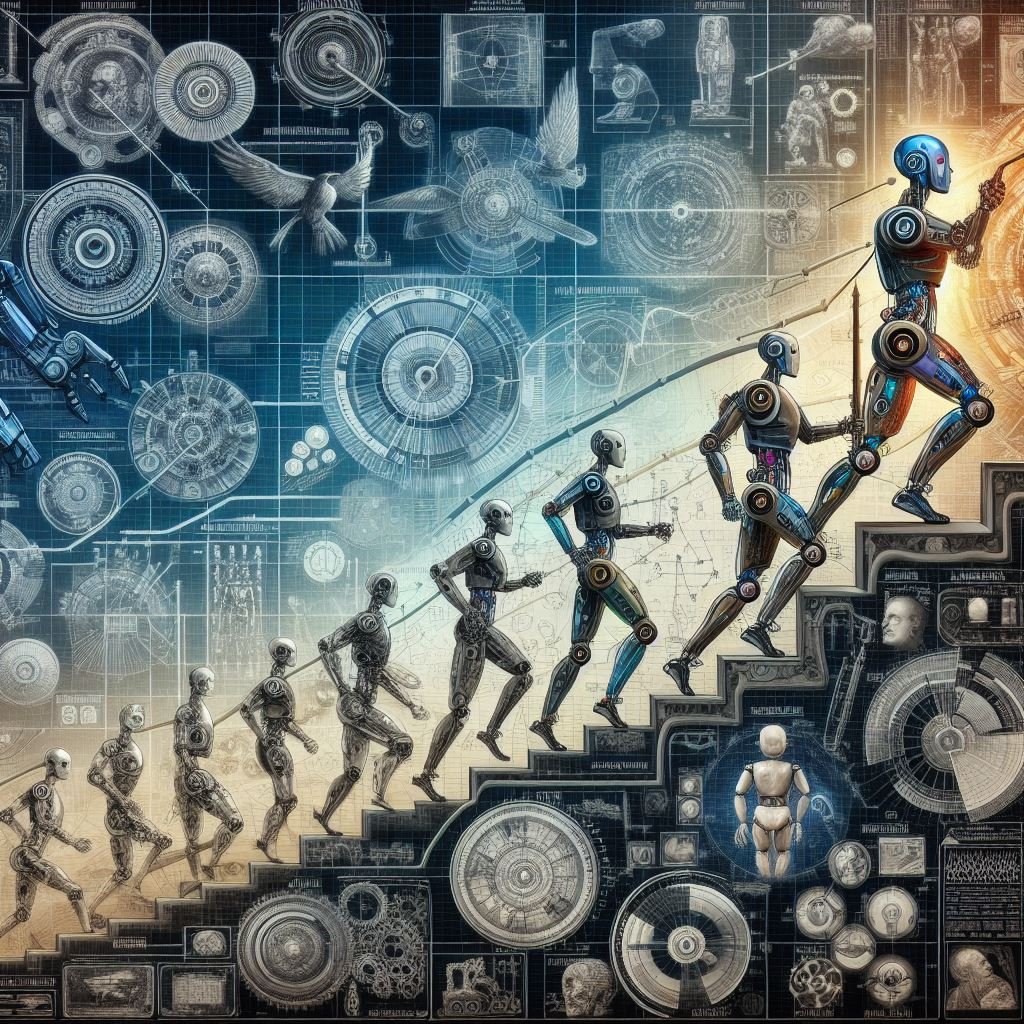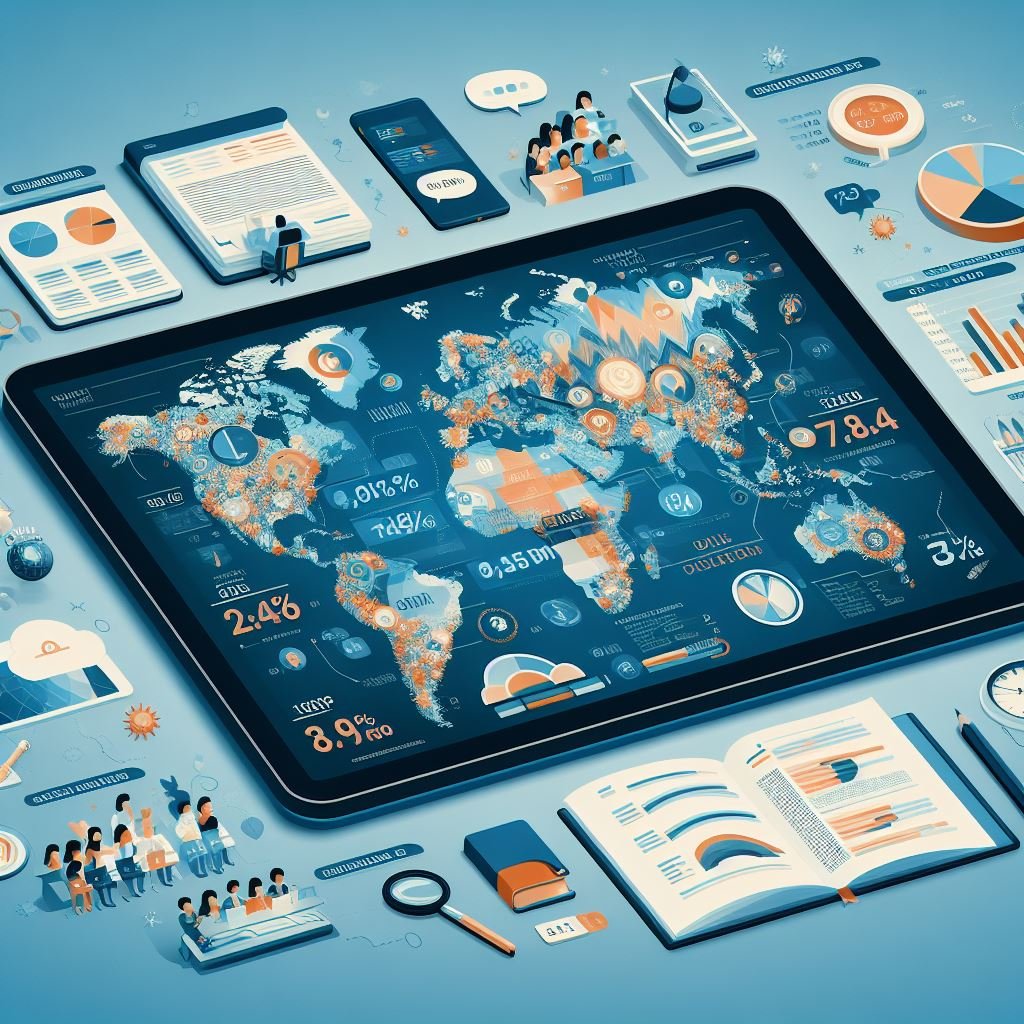Introduction
Robotic, the interdisciplinary field merging computer science and engineering, is a revolutionary domain with vast applications. From automated manufacturing to cutting-edge research, robotics is transforming industries worldwide.
Evolution of Robotics Technology
Over the years, robotic technology has evolved significantly, showcasing remarkable advancements. From basic mechanical movements to sophisticated AI-driven systems, the journey of robotics reflects continuous innovation.
Key Components of Robotic Systems
To understand robotic, it’s crucial to delve into its key components. Sensors, actuators, and control systems are integral to the functioning of robots, creating a synergy that enables diverse functionalities.
Applications in Industrial Automation
One of the primary applications of robotics is in industrial automation. Roboticsstreamlines production processes, enhances efficiency, and ensures precision, significantly impacting manufacturing industries.
Role of Artificial Intelligence in Robotics
Artificial Intelligence (AI) plays a pivotal role in the realm of robotic. Machine learning algorithms enable robots to adapt, learn, and perform tasks with increasing autonomy, paving the way for intelligent automation.
Revolutionizing Healthcare
Robotics has made remarkable strides in healthcare, with applications ranging from robotic surgery to rehabilitation. These innovations not only improve patient outcomes but also redefine medical procedures.
Autonomous Vehicles and Robotics
The synergy between robotics and autonomous vehicles is reshaping the transportation landscape. From self-driving cars to drones, robotic is driving the development of intelligent and efficient transportation systems.
Challenges and Ethical Considerations
Despite its vast potential, robotic faces challenges, including ethical dilemmas. As robot become more integrated into society, questions surrounding their ethical use and potential societal impact come to the forefront.
Educational Impact
Robotic education is gaining prominence as a tool to foster STEM (Science, Technology, Engineering, and Mathematics) skills among students. It provides hands-on learning experiences, cultivating the next generation of innovators.
The Future of Robotics
The future of robotics holds exciting possibilities. Emerging trends such as soft robotic, swarm robotic, and biohybrid systems showcase the potential for even more diverse and impactful applications.
Uses of AI
| Application | Description |
|---|---|
| Industrial Automation | Enhancing efficiency and precision in manufacturing |
| Medical Robotic | Revolutionizing healthcare through robotic surgery |
| Autonomous Vehicles | Driving the development of intelligent transportation |
| Education | Fostering STEM skills through robotic education |
| Emerging Trends | Soft robotic, swarm robotic, and biohybrid systems |
Conclusion
In conclusion, robotics is a dynamic field driving innovation and automation. With continuous advancements, it reshapes industries, enhances efficiency, and promises a future where intelligent machines collaborate seamlessly with humans, ushering in a new era of technological evolution.




